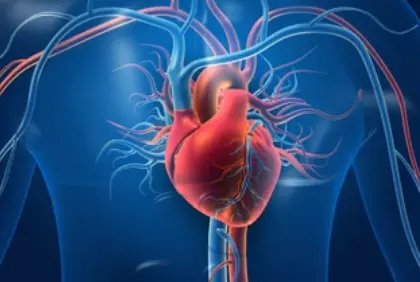 Welcome
Welcome
“May all be happy, may all be healed, may all be at peace and may no one ever suffer."
- A
- B
- C
- D
- E
- F
- G
- H
- I
- J
- K
- L
- M
- N
- O
- P
- Q
- R
- S
- T
- U
- V
- W
- X
- Y
- Z
Ovarian carcinoma - Generics
Ovarian carcinoma, also known as ovarian cancer, is a type of cancer that starts in the ovaries, the female reproductive organs that produce eggs. It is the fifth leading cause of cancer deaths among women and the most lethal gynecologic cancer.
The cause of ovarian carcinoma is not completely understood, but some risk factors that increase the likelihood of developing the disease include:
- Age: Ovarian cancer is more common in women over the age of 50.
- Family history: Women who have a family history of ovarian, breast, or colon cancer have a higher risk of developing ovarian cancer.
- Inherited gene mutations: Inherited mutations of the BRCA1 and BRCA2 genes increase the risk of developing ovarian cancer.
- Endometriosis: Women with endometriosis have a higher risk of developing certain types of ovarian cancer.
- Hormone replacement therapy: Long-term use of hormone replacement therapy (HRT) after menopause may increase the risk of ovarian cancer.
Symptoms of ovarian carcinoma can be vague and nonspecific in the early stages, and often go unnoticed. As the cancer progresses, the following symptoms may appear:
- Abdominal bloating, swelling, or pain
- Difficulty eating or feeling full quickly
- Urinary symptoms, such as urgency or frequency
- Fatigue
- Changes in bowel habits
- Back pain
- Menstrual changes
- Pain during sex
Diagnosis of ovarian carcinoma involves a combination of imaging tests and a biopsy to confirm the presence of cancer cells. Treatment options for ovarian carcinoma include surgery, chemotherapy, radiation therapy, and targeted therapy. The choice of treatment depends on the stage and type of ovarian cancer, as well as the patient's overall health and preferences.
Prevention of ovarian carcinoma includes reducing risk factors such as avoiding long-term use of HRT, maintaining a healthy weight, and having regular gynecologic checkups. Women who are at high risk of developing ovarian cancer may consider prophylactic removal of the ovaries and fallopian tubes to reduce their risk.
In summary, ovarian carcinoma is a serious form of cancer that affects the ovaries and is more common in women over the age of 50. Early detection and treatment can improve outcomes, and women who are at high risk should consider preventive measures such as regular checkups and prophylactic surgery.

Staphylococcal skin infec...

Auto-immune diseases

Metastatic breast carcino...

Nausea and vomiting assoc...

Oliguric phase of renal f...

Opioid Withdrawal

Vertigo and vestibular di...

Cardiopulmonary Bypass Su...
Ovarian carcinoma, ডিম্বাশয় কার্সিনোমা
To be happy, beautiful, healthy, wealthy, hale and long-lived stay with DM3S.